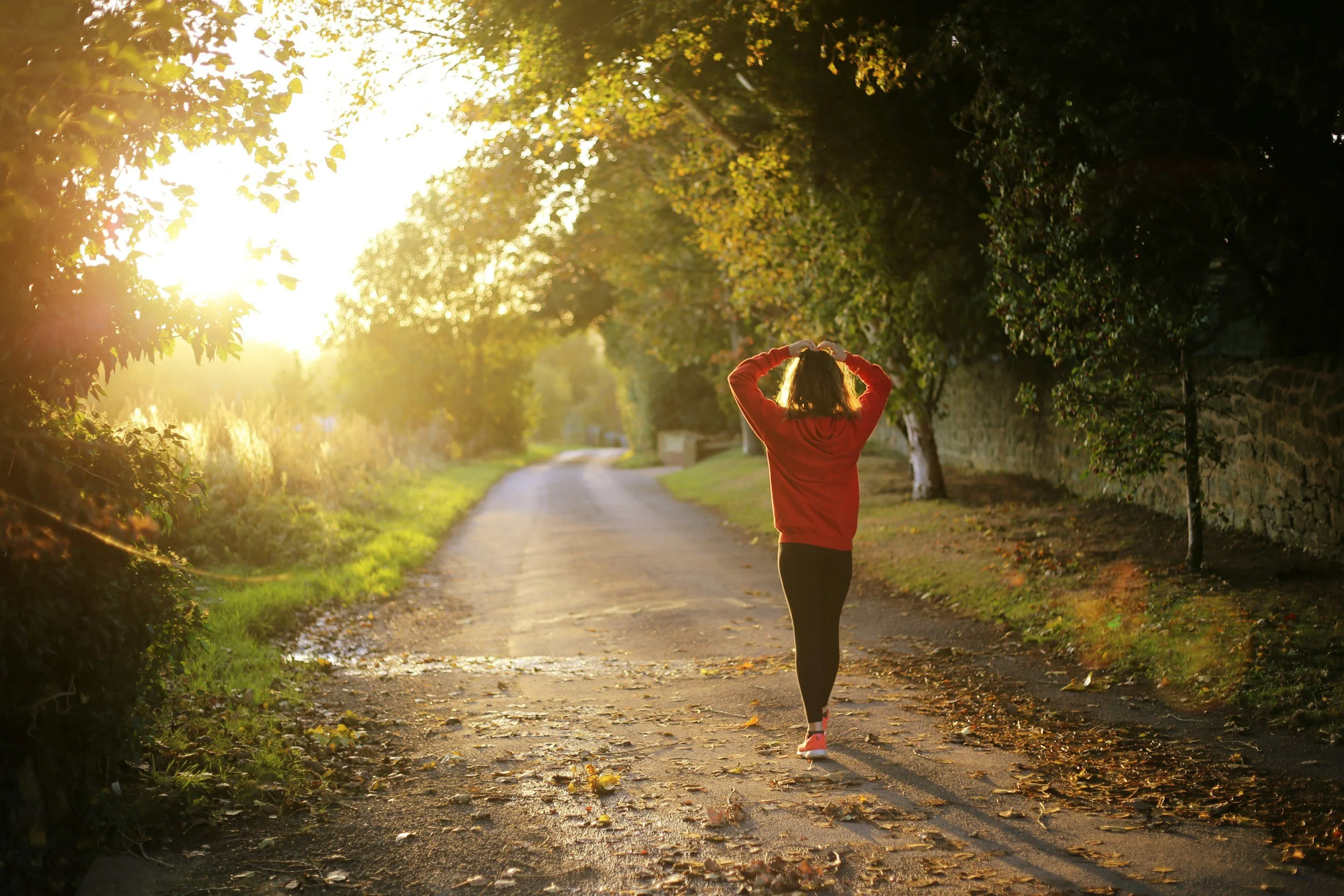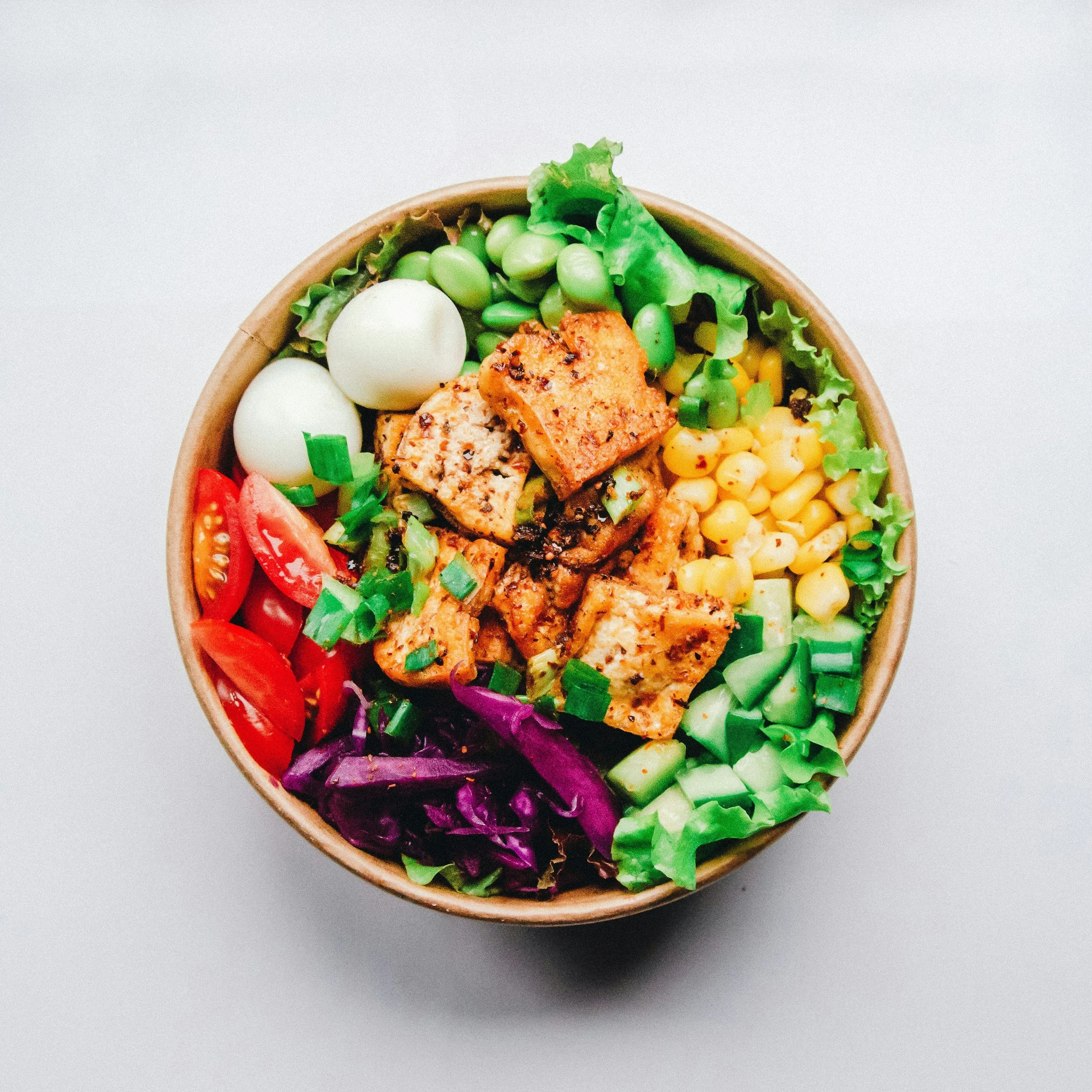10 Methods To Lower Blood Sugar Quickly
How to Quickly Lower Blood Sugar: 10 Scientifically Proven Methods That Work
If you’re experiencing high blood sugar—or trying to manage spikes after meals—there are steps you can take to bring it down fast. Whether you’re living with type 2 diabetes, insulin resistance, or simply want tighter control, here are 10 evidence-based strategies that actually help, how they work, and what you need to do right now.
1. Get Moving: Light to Moderate Exercise Helps Muscles Pull in Glucose Fast
✅ Why it works:
When you move, especially after eating, your muscles use glucose from your bloodstream to fuel activity—independent of insulin. That means exercise can reduce blood sugar immediately, even if your body’s insulin response is sluggish.
Glucose is shuttled into muscle cells during activity via GLUT4 transporters, bypassing insulin resistance. This lowers blood sugar in real-time.
📋 What to do:
Walk briskly for 15–30 minutes after meals
Try bodyweight squats, lunges, or light cycling
Take 2–3 short walks per day (especially after large meals)
🧠 Extra insight:
Post-meal exercise is twice as effective at lowering blood sugar compared to fasting-state exercise.
Even short bursts of movement (e.g., 5 minutes of walking) reduce postprandial glucose.
📊 Scientific evidence:
A 2013 study in Diabetologia found that walking for just 15 minutes after each meal significantly reduced post-meal blood glucose spikes in people with insulin resistance.
2. Drink Water — Dilutes Sugar Concentration and Supports Kidney Filtration
✅ Why it works:
High blood sugar causes the body to pull fluid from tissues (why you feel thirsty). Drinking water helps the kidneys filter out excess glucose through urine, reducing concentration in the bloodstream.
Water also supports natural hydration of insulin-sensitive tissues, improving insulin efficiency.
📋 What to do:
Drink 16–24 oz of water (2–3 glasses) if you notice elevated blood sugar
Avoid sugary drinks, sports drinks, or juice
🧠 Extra tip:
Add lemon or cucumber for flavor if plain water isn’t appealing
Avoid dehydration—it leads to higher concentrations of glucose and insulin resistance
📊 Scientific evidence:
A 2011 study in Diabetes Care found people who drank more than 34 oz of water per day had a 21% lower risk of developing hyperglycemia than those who drank less than 17 oz/day.
3. Eat Fiber (Especially Soluble Fiber) to Slow Sugar Absorption
✅ Why it works:
Soluble fiber forms a gel-like substance in the gut that slows down the absorption of sugar into the bloodstream. It helps flatten blood sugar spikes and keeps levels stable over the next several hours.
Fiber also feeds good gut bacteria, which improve insulin sensitivity and reduce systemic inflammation.
📋 What to eat:
1–2 tablespoons of chia seeds or flaxseed in water or yogurt
A serving of black beans, lentils, or avocados
Psyllium husk in water (a fast-acting fiber supplement)
🧠 Avoid:
Fiber supplements with added sugar or artificial sweeteners
Insoluble fiber (like bran or raw veggies) doesn’t help much with glucose spikes
📊 Scientific evidence:
A 2018 review in Nutrients showed soluble fiber reduced post-meal blood sugar by 20–30%, especially in type 2 diabetics.
4. Do Resistance Training or Short Bursts of Intense Movement
✅ Why it works:
Strength training activates muscle contractions, just like walking, but also builds muscle that increases glucose uptake even at rest. It improves insulin sensitivity and helps blunt post-meal spikes.
Fast bursts of movement—like squats or push-ups—can drop glucose quickly if you’re stuck at your desk.
📋 What to try:
15 minutes of bodyweight exercises (squats, push-ups, lunges)
3 sets of light dumbbells or resistance bands
30-second bursts of movement every hour during the day
🧠 Bonus:
Strength training enhances muscle GLUT4 expression, leading to longer-term insulin sensitivity improvements.
📊 Scientific evidence:
According to a 2019 study in Frontiers in Physiology, resistance training improved blood glucose control independently of weight loss, especially in adults over 50.
5. Use Apple Cider Vinegar (ACV) — May Improve Insulin Sensitivity
✅ Why it works:
ACV slows gastric emptying and reduces the glycemic impact of a meal by lowering the post-meal glucose peak. It may also increase insulin sensitivity, allowing cells to absorb glucose more efficiently.
📋 How to use:
Mix 1–2 tablespoons of ACV in a full glass of water
Drink before meals (especially if the meal is carb-heavy)
Use raw, unfiltered ACV (with “the mother”)
⚠️ Caution:
Don’t drink it straight—acidic vinegar can damage tooth enamel and the esophagus
Not recommended if you have acid reflux or are on potassium-lowering meds
📊 Scientific evidence:
A small clinical trial in Diabetes Care showed that taking ACV before a high-carb meal improved insulin sensitivity by 19–34% in insulin-resistant individuals.
6. Cut Off Refined Carbs and Sugary Foods Immediately
✅ Why it works:
Refined carbs and added sugars are absorbed rapidly, causing blood sugar to spike. The more insulin-resistant you are, the longer it takes for levels to normalize—often leading to prolonged hyperglycemia.
Cutting off these foods immediately stops the rise, allowing your body to recover more quickly.
📋 Avoid these:
White bread, pasta, rice
Soda, juice, desserts, granola bars
Crackers, chips, or anything labeled “low fat” (often full of sugar)
📋 Instead, eat:
A handful of almonds or walnuts
A boiled egg or grilled chicken
Greek yogurt (unsweetened) with cinnamon
📊 Scientific evidence:
The glycemic index (GI) ranks white bread at 100, meaning it spikes blood sugar as fast as pure glucose. Whole, unprocessed foods have a significantly lower impact.
7. Use Cinnamon (Ceylon) — Natural Insulin Mimicker
✅ Why it works:
Cinnamon contains polyphenols that activate insulin receptors and increase glucose uptake in cells. It may also slow digestion and reduce glucose release from the liver.
Note: Ceylon cinnamon is safer than Cassia (which contains coumarin—a liver toxin in large doses).
📋 How to use:
Add ½ to 1 tsp to oatmeal, coffee, smoothies, or yogurt
Don’t exceed 2 tsp/day, especially if you’re on diabetes meds
🧠 Helpful with:
Managing fasting blood sugar
Reducing A1C over time when used consistently
📊 Scientific evidence:
A study in Diabetes Care found that 1–6 grams of cinnamon daily reduced fasting glucose by 18–29%after 40 days.
8. Practice Deep Breathing or Meditation to Lower Cortisol
✅ Why it works:
When you're stressed, cortisol tells your liver to release stored glucose into the bloodstream. That’s great if you’re running from a threat—not so great if you’re at your desk.
Lowering stress hormones helps bring glucose back down by calming that liver dump and restoring insulin responsiveness.
📋 Try this:
5 minutes of box breathing: inhale for 4, hold for 4, exhale for 4, hold for 4
Use apps like Calm or Insight Timer for quick guided meditations
Do progressive muscle relaxation or a short walk outside
📊 Scientific evidence:
According to The Journal of Clinical Endocrinology & Metabolism, cortisol significantly raises post-meal blood sugar, especially in insulin-resistant individuals.
9. Sleep — Yes, Even a Short Nap Can Help
✅ Why it works:
Sleep directly affects glucose metabolism. Sleep deprivation raises cortisol, increases insulin resistance, and causes your body to struggle with even small amounts of sugar.
A quick nap (20–30 minutes) can lower stress hormones and reset your insulin sensitivity temporarily.
📋 How to benefit:
If you're sleep-deprived, take a short 20–30 minute nap (don’t oversleep)
Prioritize 7–9 hours of quality sleep each night
🧠 Pro tip:
Consistent sleep and meal timing improves blood sugar more than calorie counting in some studies.
📊 Scientific evidence:
A 2020 study in Sleep Health found that poor sleep increased fasting glucose and insulin resistance by up to 25% the next day.
10. Monitor and Adjust Based on Real Data — Not Guesswork
✅ Why it works:
Testing blood sugar tells you exactly what’s happening, so you can respond appropriately. It also helps you learn which foods or habits cause spikes for you.
📋 How to monitor:
Use a finger-stick monitor or Continuous Glucose Monitor (CGM)
Test:
Fasting (after waking)
1–2 hours after meals
Before and after exercise
Log results to see trends and track how fast you return to normal
📊 Goal ranges:
Fasting: 80–130 mg/dL
1–2 hours post-meal: under 180 mg/dL
Ideal range: 70–140 mg/dL most of the day
💡 Tracking lets you catch and correct spikes early, which is the #1 way to avoid long-term complications.
🚨 When to Seek Medical Help
Call your doctor or seek emergency care if:
Blood sugar is consistently over 300 mg/dL
You feel nauseous, weak, or confused
You show signs of diabetic ketoacidosis (DKA): fruity breath, dry mouth, rapid breathing
You're on insulin and your correction doses aren't working
✅ Final Thoughts
You don’t have to panic over a high reading—but you do need a strategy. These 10 proven methods give you immediate tools to lower blood sugar fast while also building habits that prevent spikes in the first place.
Start with:
A walk after meals
Water + high-fiber snacks
Tracking your readings
Stress management and smarter food swaps









